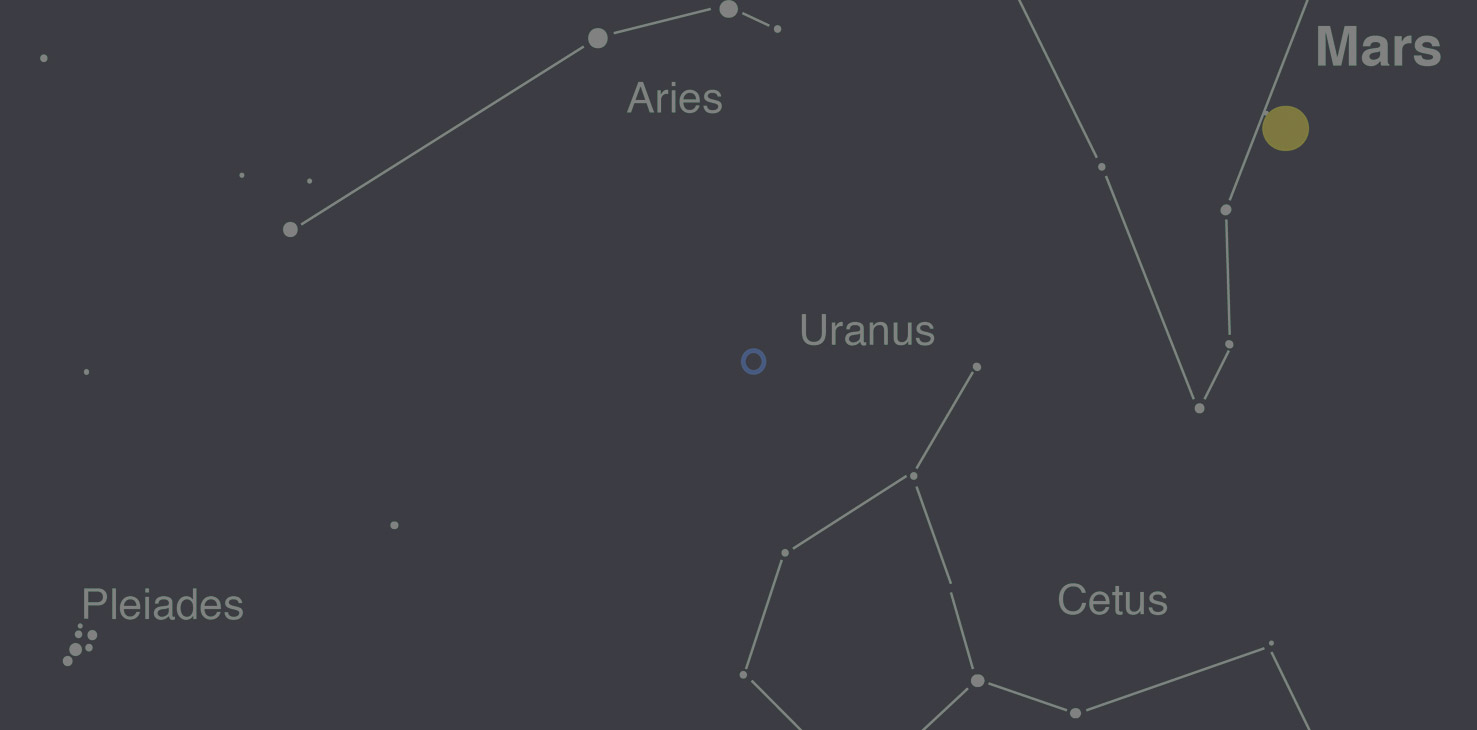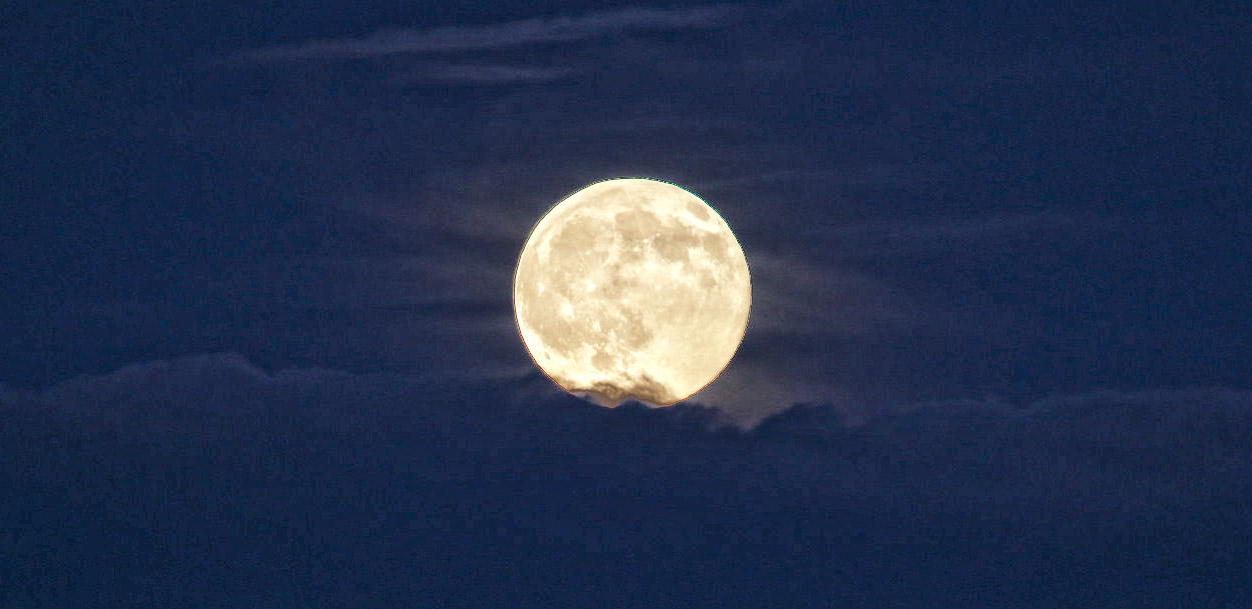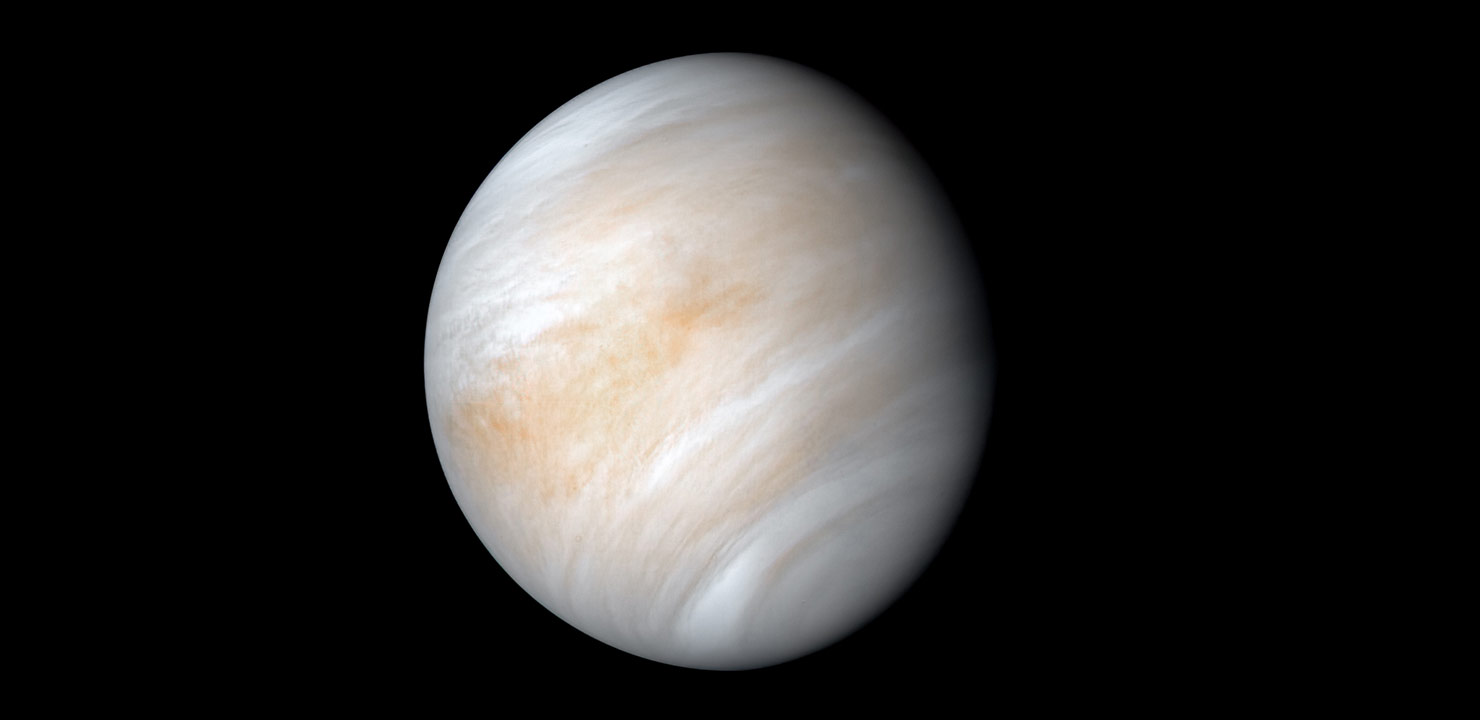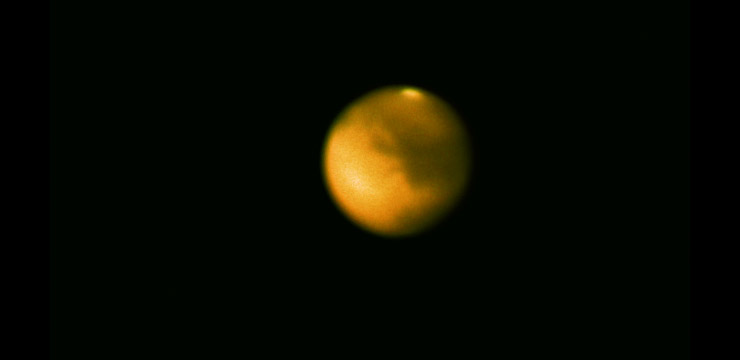October 2020
Welcome & Introduction
Astrophotography contest voting begins. Submit your photo before Friday, October 2 at 12:00 EDT.
The World at Night
Babak TafreshiBabak Tafreshi spent the past two decades photographing surreal scenes of the night sky in all continents, an adventurous journey to the wonders of Earth under the stars. The work documents the last remaining starry skies on the planet to increase public awareness on values of natural night environment for all species. Together with his international group of 40 other dedicated nightscape photographers in The World at Night project, they also produce images. Many are classic single-exposure photographs that represent fundamentals of practical astronomy and are used world-wide by educators, science journalists and communicators. In his recently released book, The World at Night, the work of the entire group is presented with behind-the-scene stories and information that connects the Earth and sky.
Interpreting Astronomical Images: The Choices and Aesthetics That Go Into Making Images
Adam Block
The Process of Choosing What and How to Image
Travis RectorProfessional observatories regularly release images to share recent scientific discoveries, demonstrate new technologies, and share the wonders of space. But how are these images made? Do they accurately show what these objects really look like? Are the colors real? Why do some astronomy images dazzle while others leave us flat? Astronomy has a rich tradition of using color photography and imaging, for visualization in research as well as for sharing scientific discoveries in formal and informal education settings (i.e., for "public outreach.") In the modern era, astronomical research has benefitted tremendously from electronic cameras that allow data and images to be generated and analyzed in a purely digital form with a level of precision not previously possible. Advances in image-processing software have also enabled color-composite images to be made in ways much more complex than with darkroom techniques, not only at optical wavelengths but across the electromagnetic spectrum. And the internet has made it possible to rapidly disseminate these images to eager audiences. Alongside these technological advances, there have been gains in understanding in how to make images that are scientifically illustrative as well as aesthetically pleasing. In my talk I will discuss the techniques behind making color-composite images as well as examine the factors we consider when doing so, whether for data visualization or for public release.
Social Hour & Astrophoto Contest Results

Observe the Skies Near Mars
: By David Prosper
Full Moons of October
: By Jim Hendrickson
Phosphine in the Atmosphere of Venus
: By Francine Jackson



